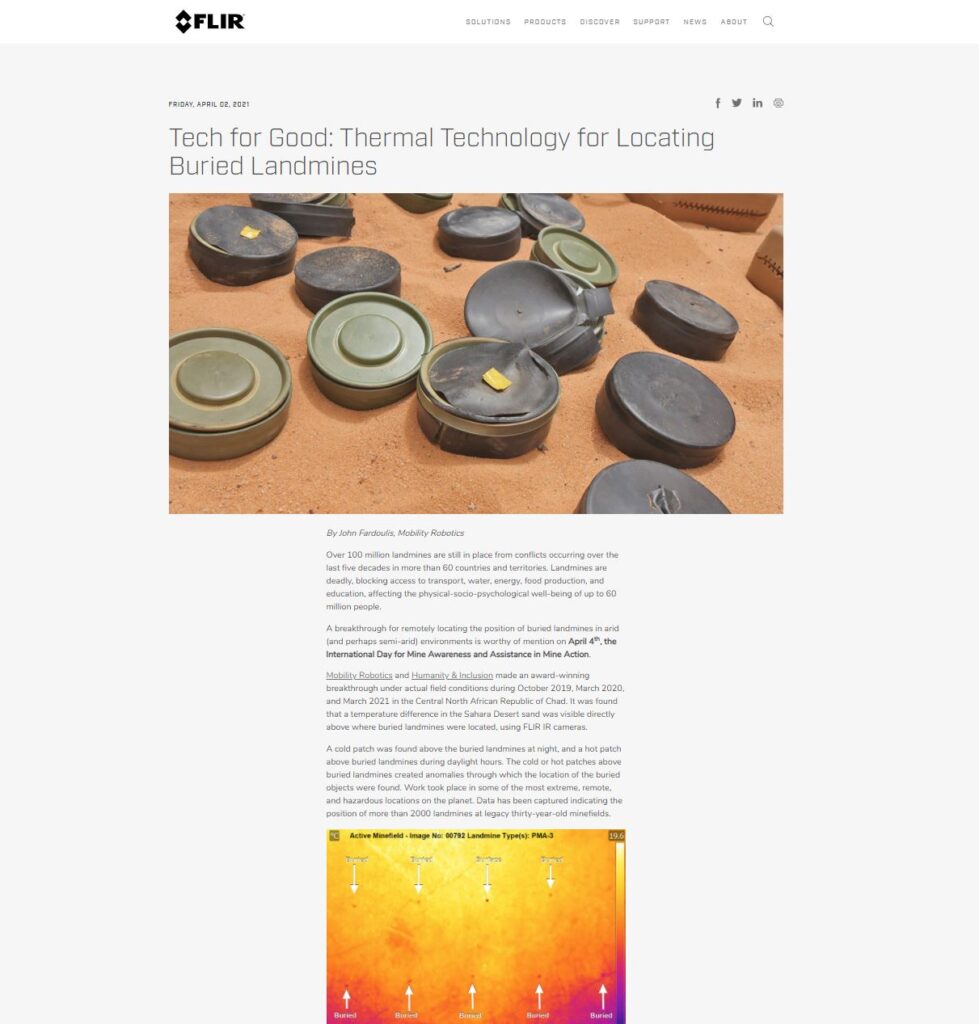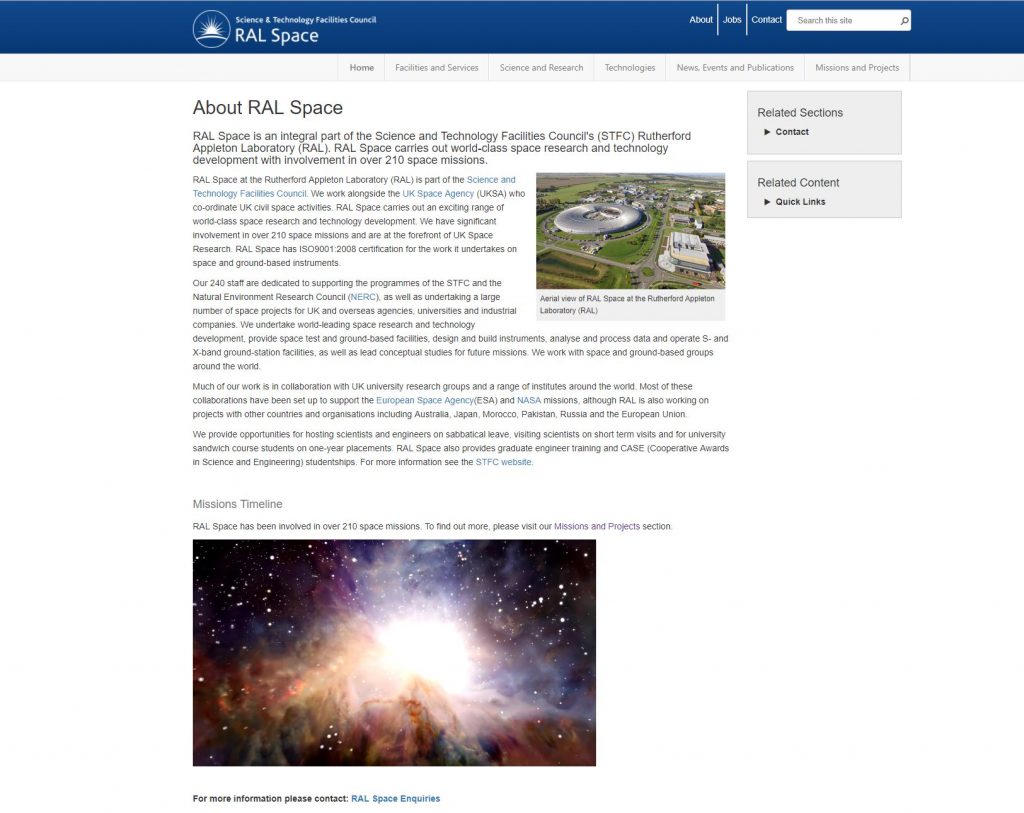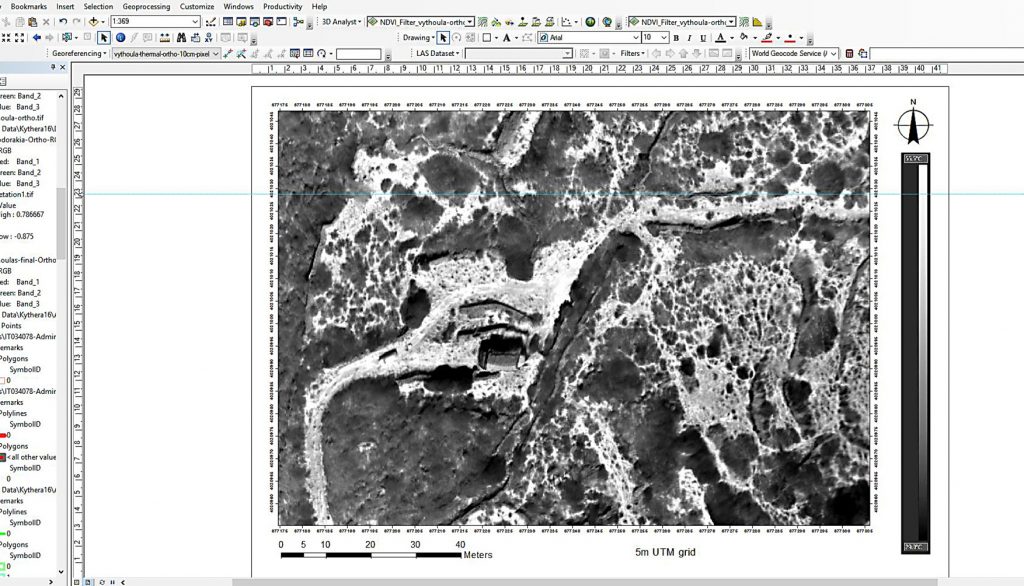This is the presentation by John Fardoulis of Mobility Robotics from April 22nd, 2021 during the ICRC and GICHD webinar on: The Use of Remote Sensing and AI in the Mine Action Sector.
The presentation takes an in-depth look at breakthroughs using thermal imaging to find buried landmines from small drones in a desert environment, plus a more general look at the state of small drone remote sensing in humanitarian mine action (HMA).
Breakthoughs took place as part of the Odyssey 2025 Project which was delivered together with Humanity & Inclusion/Handicap International, under the auspices of the High Commission for Deming in Chad, the HCND, funded by the Belgian Department of Foreign Affairs and the European Commission.


